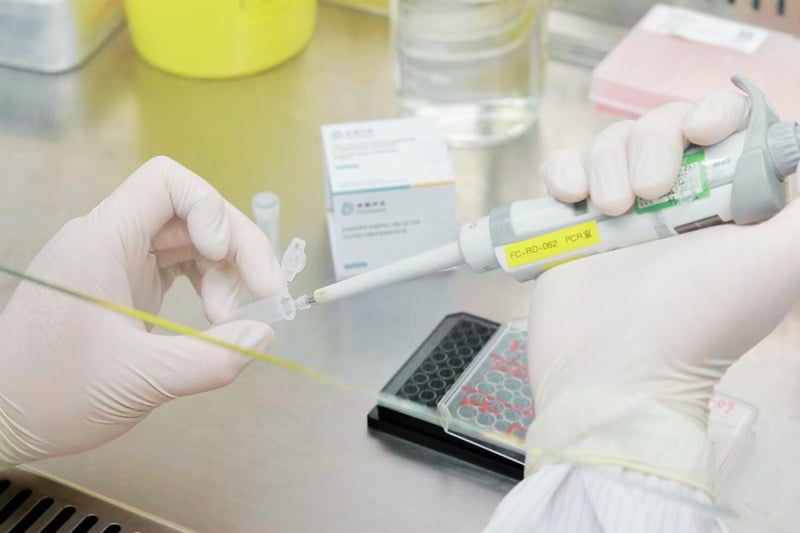The interpretation of the results of protease inhibitor tests involves multiple aspects, including the inhibitory effect of inhibitors, their impact on protease activity, changes in reaction conditions, and statistical analysis of data. The following is a general framework for interpretation:
Which company is good for protease inhibitors?
1、 The inhibitory effect of inhibitors
Calculation of inhibition rate:
Inhibition rate is commonly used to quantify the inhibitory effect of inhibitors on protease activity. It can be calculated by comparing the degradation rate of substrates or the amount of products produced by proteases before and after the addition of inhibitors. The higher the inhibition rate, the stronger the inhibitory effect of the inhibitor.
Determination of inhibition constant:
Inhibition constant (such as Ki value) is an important indicator for measuring the binding ability of inhibitors to proteases. It reflects the equilibrium relationship between inhibitors and protease substrate complexes. The smaller the inhibition constant, the more tightly the inhibitor binds to the protease, indicating a stronger inhibitory effect.
2、 The impact on protease activity
Observation of Enzyme Activity Changes:
By using enzyme activity measurement methods such as colorimetric and fluorescence methods, changes in protease activity can be observed after the addition of inhibitors. Normally, inhibitors reduce the activity of proteases, manifested as a decrease in reaction rate or a reduction in product production.
Competitive inhibition and non competitive inhibition:
According to the way inhibitors bind to proteases, their inhibitory effects can be classified into competitive inhibition and non competitive inhibition. Competitive inhibitors competitively bind to the active site of proteases with substrates, while non competitive inhibitors bind to other parts of proteases, affecting the structure or function of enzymes. These two inhibition methods differ in the interpretation of the results.
3、 Changes in reaction conditions
The influence of pH value and temperature:
The activity of proteases is influenced by reaction conditions such as pH and temperature. When interpreting experimental results, it is necessary to consider whether these conditions remain within the optimal range to ensure the accuracy of the results.
Changes in inhibitor concentration:
The concentration of inhibitors is an important factor affecting the inhibitory effect. In experiments, it is usually necessary to set different concentrations of inhibitors to observe their inhibitory effect on protease activity. By plotting the curve between inhibitor concentration and enzyme activity (such as the Lineweaver Burk plot), the mechanism of action of inhibitors can be further analyzed.
4、 Statistical analysis of data
Repeated experiments and error analysis:
To ensure the reliability of the test results, multiple repeated experiments are usually required, and statistical analysis of the data is performed. By calculating statistical measures such as mean and standard deviation, the stability and credibility of experimental results can be evaluated.
Visual presentation of results:
Visualizing the experimental results using charts (such as line charts, bar charts, etc.) can help to better understand the impact of inhibitors on protease activity. The chart should include sufficient information points (such as enzyme activity values at different inhibitor concentrations) for subsequent data analysis and discussion.
5、 Conclusion and Discussion
Conclusion formulation:
Based on the above analysis, conclusions can be drawn regarding the inhibitory effect of inhibitors on protease activity. The conclusion should clearly indicate the types of inhibitors, their inhibitory effects, and their possible mechanisms of action.
Discussion and Prospect:
In the discussion section, the potential application value, potential limitations, and future research directions of inhibitors can be further explored. At the same time, it is also possible to reflect on and summarize the problems and challenges encountered during the experimental process, providing reference and inspiration for subsequent research.
It should be noted that specific protease inhibitor tests may involve different protease types, inhibitor types, and experimental conditions, so flexible adjustments and analysis should be made according to specific situations in practical operations.


